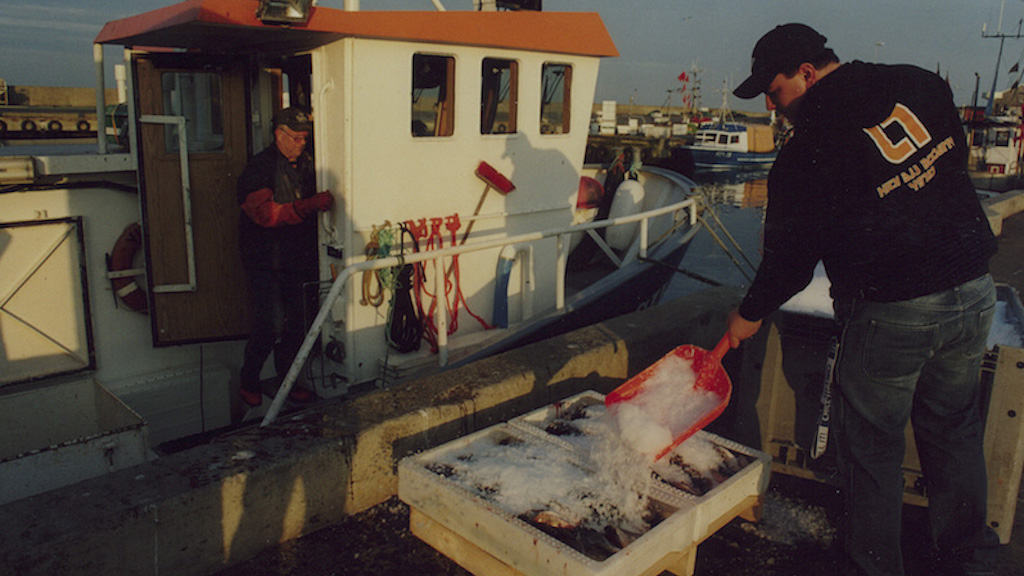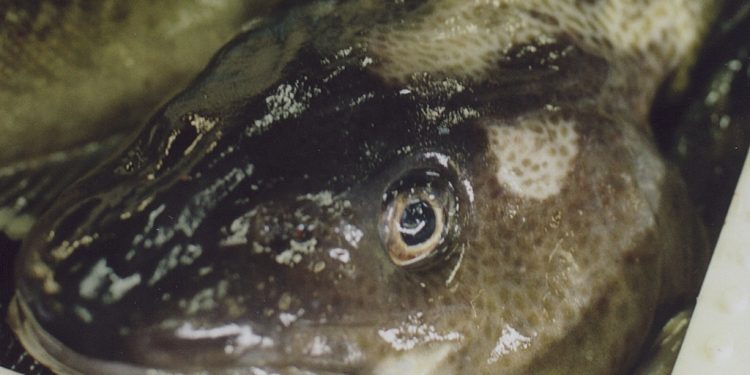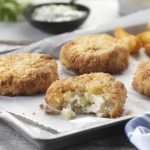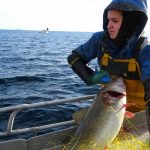Ideas floated by the European Commission in its proposals for selectivity devices to reduce by-catch in Baltic fisheries have been slammed by European coastal fisheries network LIFE Platform.
In a statement, LIFE’s Brian O’Riordan described the development and use of the open-top trawl as ‘a massive waste of time and money to legislate for yesterday’s problem; it is of no use for either for Baltic sea fisheries conservation or for cod recovery.’
LIFE lists a string of arguments against the introduction of this type of gear in the Baltic, instead advocating a swift transition to a low-impact gears.

‘The question arises as to why the Commission is legislating for a second-rate gear? This gear is less selective, has higher cod bycatch, higher catches of juveniles and with impacts on nursery grounds, when compared to the passive gillnet fishery,’ he said.
Citing the mismatch between advice for plaice in the western Baltic at 21,000 tonnes against the recommendation for a cod quota of only 24 tonnes, he stated that the open-top trawl concept could have been appropriate and useful in 2016.
‘But the massive TAC mismatch between cod and plaice will mean that any active gear fishery, no matter if it is slightly more selective than another, will have higher cod by-catch and will not protect depleting stocks. This runs directly contrary to the title and intention behind the Implementing Act,’ he said.
‘There is already an established low impact fishery in the Baltic. Given the critically severe situation, the LIFE Platform proposes that access and fishing opportunities be restricted to fishing operations that are part of the solution, not part of the problem. Despite the dire situation the proposal still aims to give ‘sufficient time’ to vessels owners to equip their vessels with the new selectivity devices. Time is a privilege we don’t have. It’s now that we need to protect the relatively strong year class of cod. Otherwise, like the 2016 year class, it will disappear.’
LIFE pointed out that in the Öresund, between Denmark and Sweden, only low impact gears are used, and this stretch of water is home to the highest number of large cod in the entire western Baltic.
‘The relatively good condition of the cod stock has been attributed to the absence of towed gear and the selectivity of the gillnet fisheries,’ he said.
‘LIFE recommends a full transition to low impact fisheries in the western Baltic, in at least 5-10 years, to minimise cod by-catch and aid to the recovery of cod, as a key species in both fisheries and ecosystem.’









